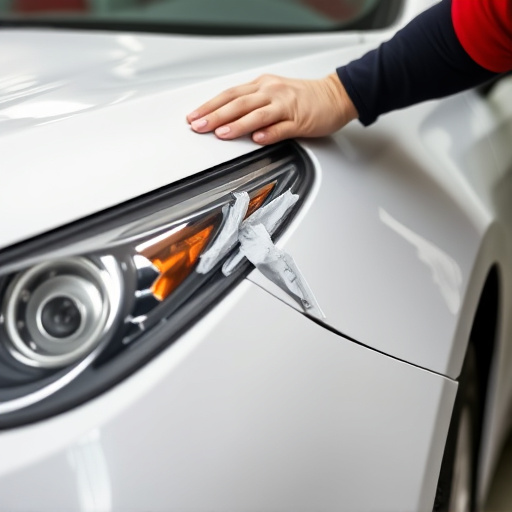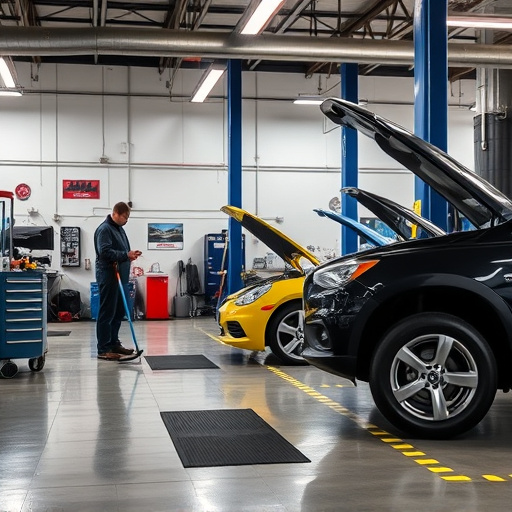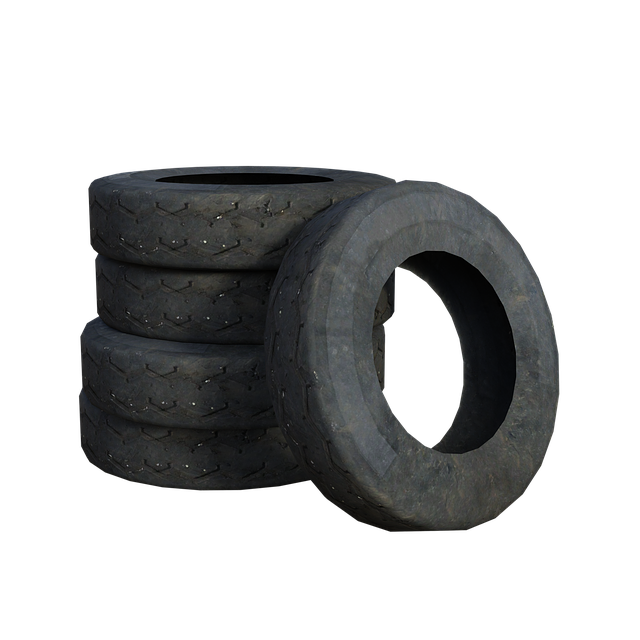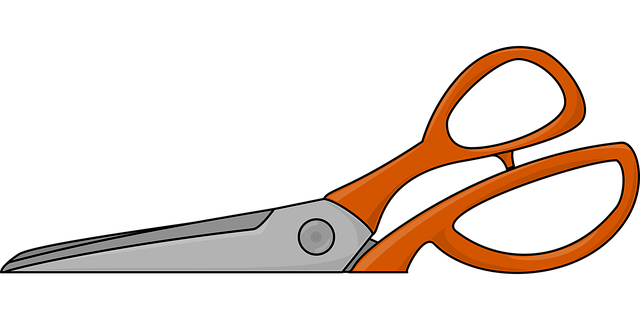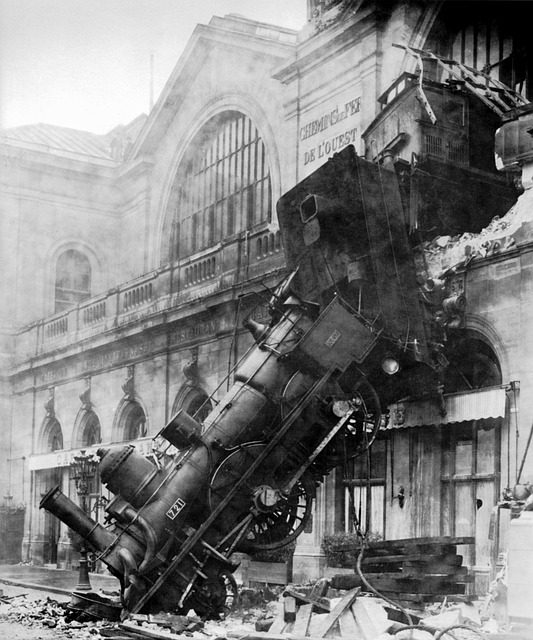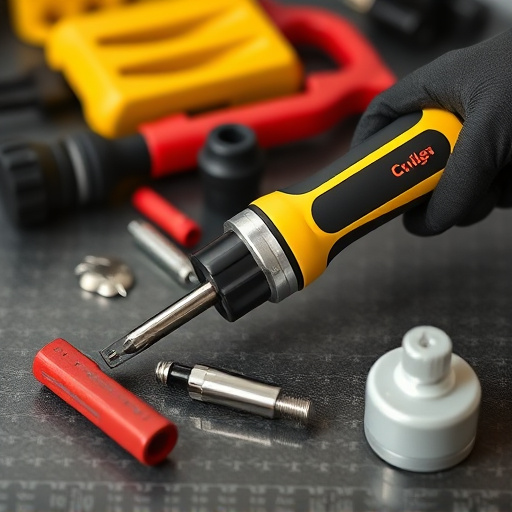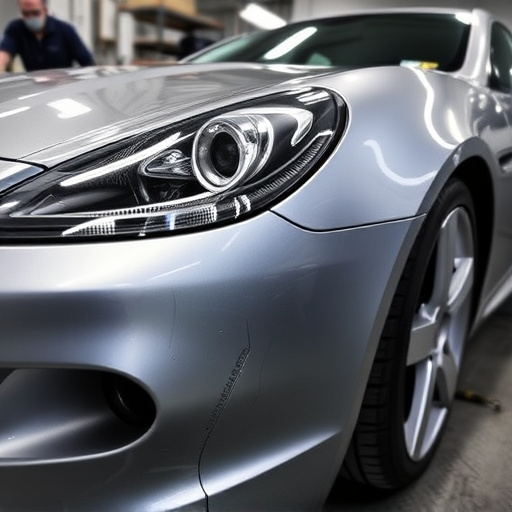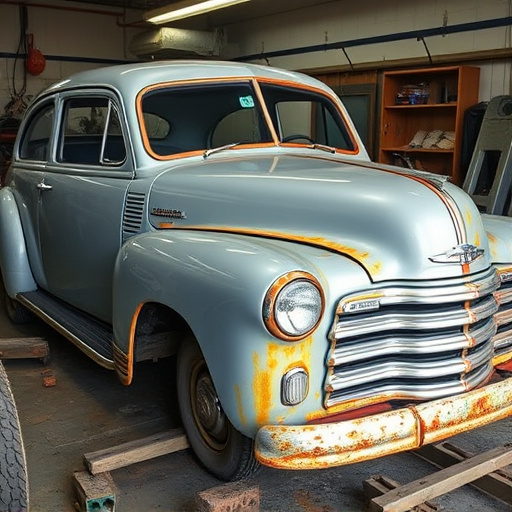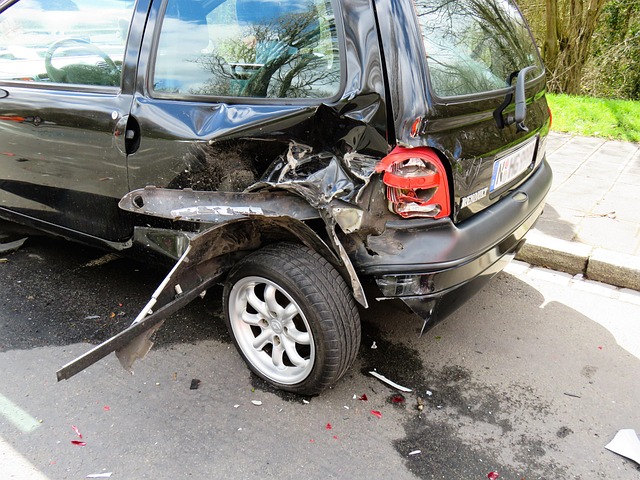Post-accident frame analysis is a detailed, technology-driven process using 3D scanning and CAD to comprehensively assess vehicle damage beyond initial visual inspections. This meticulous approach identifies structural issues, hidden damage, and long-term effects, ensuring accurate insurance claims and precise repairs. Inaccurate or biased analyses can have severe legal consequences, impacting fault determination and leading to unfair judgments. All parties involved must understand this process to promote fairness, precision, and efficient car collision repair, with transparent communication among stakeholders crucial for maintaining integrity and admissibility in court.
Post-accident frame analysis has emerged as a critical tool in understanding and attributing causes of accidents. However, its application isn’t without legal ramifications. This article delves into the intricacies of post-accident frame analysis, offering a basic overview, exploring legal implications of inaccurate or biased analyses, and providing best practices for conducting fair and admissible analyses. Understanding these aspects is crucial for stakeholders navigating the complexities of accident investigations.
- Understanding Post-Accident Frame Analysis: A Basic Overview
- Legal Implications Arising from Inaccurate or Biased Analysis
- Navigating the Complexities: Best Practices for Fair and Admissible Analysis
Understanding Post-Accident Frame Analysis: A Basic Overview

Post-accident frame analysis is a meticulous process that involves examining and documenting the condition of a vehicle after a collision. It goes beyond initial visual assessments by employing advanced techniques to identify damage, measure deformations, and determine the extent of repair required. This comprehensive approach leverages technology like 3D scanning, computer-aided design (CAD), and specialized software to create detailed reports that aid in accurate insurance claims and collision repair processes.
The analysis delves into various aspects, including structural integrity, panel alignment, hidden damage, and potential long-term effects of the accident. For instance, techniques like paintless dent repair aim to restore vehicles to their pre-accident condition by manipulating the metal without sanding or repainting, thereby reducing costs and preserving original finishes. Understanding post-accident frame analysis is crucial for all stakeholders—from insurance companies and repair shops to vehicle owners—as it ensures fairness, precision, and efficient resolution in car collision repair scenarios.
Legal Implications Arising from Inaccurate or Biased Analysis

Inaccurate or biased post-accident frame analysis can have significant legal implications, as it may lead to faulty conclusions and unfair judgments in insurance claims and personal injury cases. When conducting such analyses, experts must adhere to stringent standards of practice to ensure the integrity of their findings. Any deviation from these standards could result in legal repercussions, including expert witness disqualification and damages for negligence.
For instance, a flawed analysis might attribute fault solely to one party involved in an automotive collision, overlooking potential contributions from other factors such as vehicle maintenance (e.g., Mercedes-Benz repair) or environmental conditions. Such biases can distort the true cause of the accident, leading to unfair settlement offers and legal disputes. In cases involving complex vehicle damage, like extensive paint repair, a precise and unprejudiced post-accident frame analysis is crucial to arrive at just conclusions and facilitate effective dispute resolution.
Navigating the Complexities: Best Practices for Fair and Admissible Analysis

Navigating the complexities of post-accident frame analysis requires a nuanced approach to ensure fairness and admissibility in legal proceedings. When conducting such analyses, professionals must adhere to strict protocols to maintain the integrity of their findings. This includes meticulously documenting each step of the process, utilizing recognized standards and methodologies, and ensuring that all data is accurately collected and interpreted.
Best practices involve employing qualified and experienced technicians who understand the intricacies of vehicle damage assessment. They should follow established guidelines for measuring and recording body shop services, car collision repair, and other relevant aspects to prevent bias or misinterpretation. Additionally, maintaining transparent communication with all parties involved—including insurance companies, attorneys, and clients—is vital to ensuring a fair analysis that can stand up in court.
Post-accident frame analysis is a critical tool in accident investigation, but its legal implications cannot be overlooked. Inaccurate or biased analyses can lead to unfair outcomes and even legal disputes. To ensure the admissibility and fairness of such analyses, professionals must adhere to best practices, including objective methodologies, transparent reporting, and rigorous peer review. By navigating these complexities, we can enhance the reliability of post-accident frame analysis and foster a more equitable legal process.
